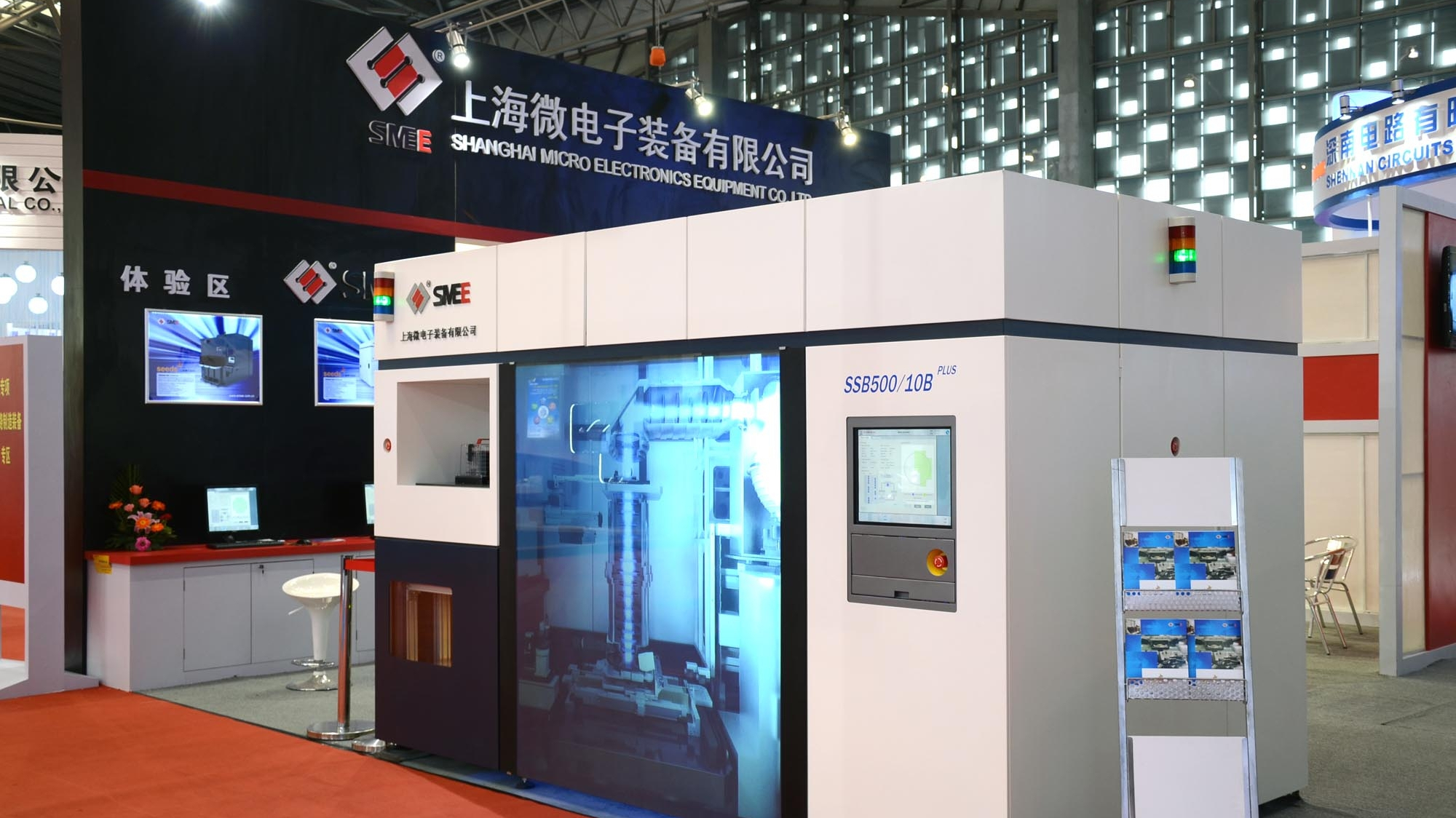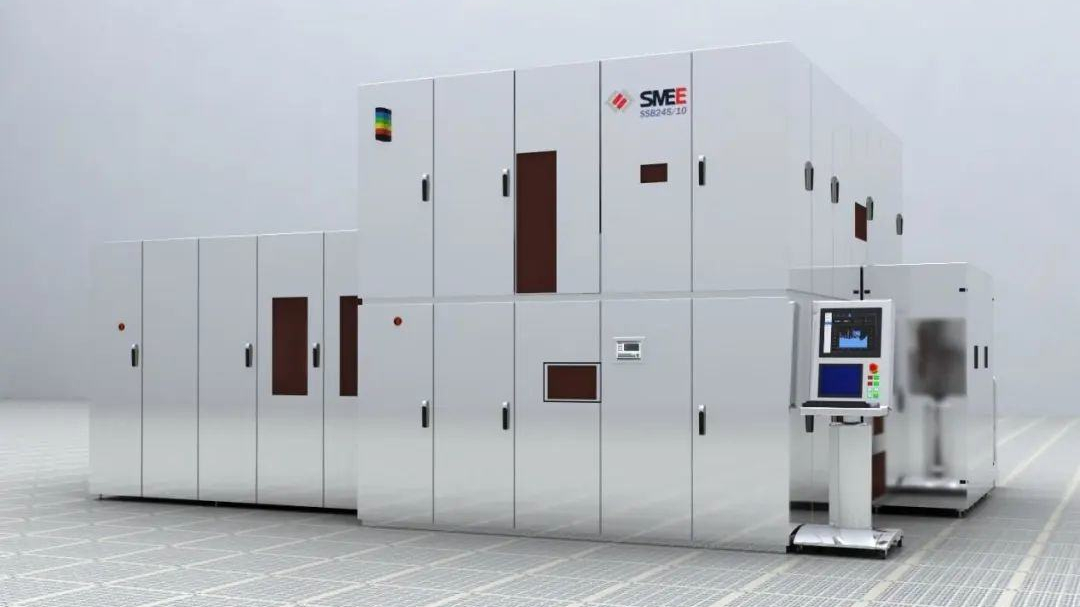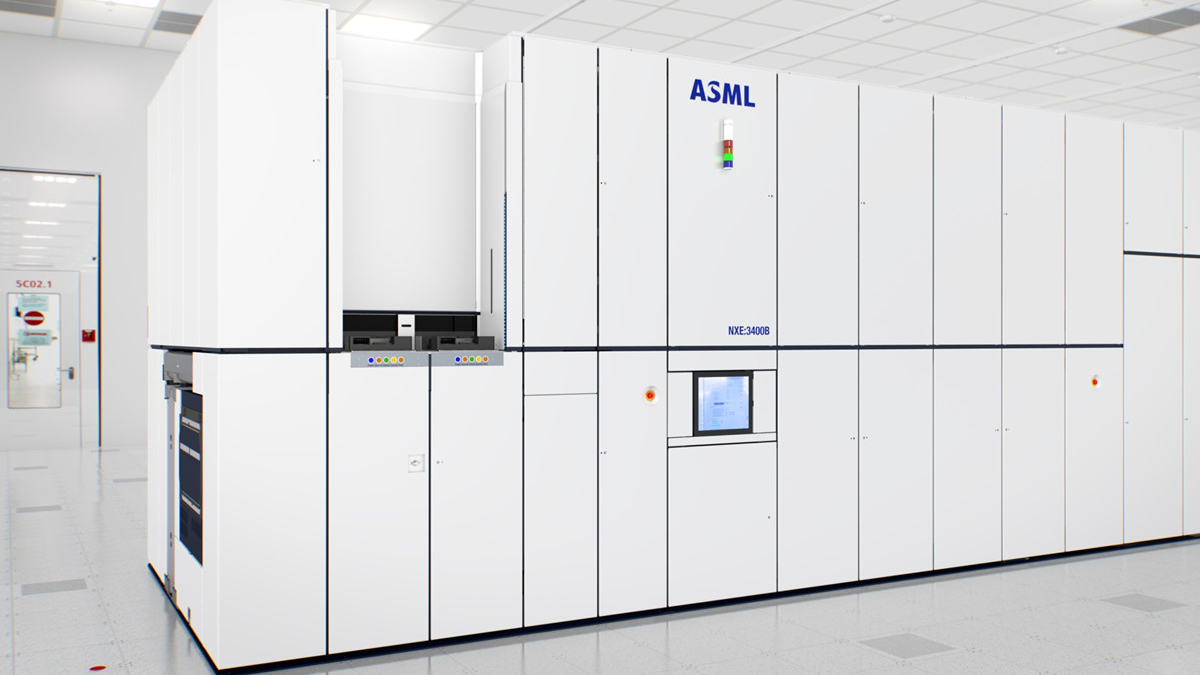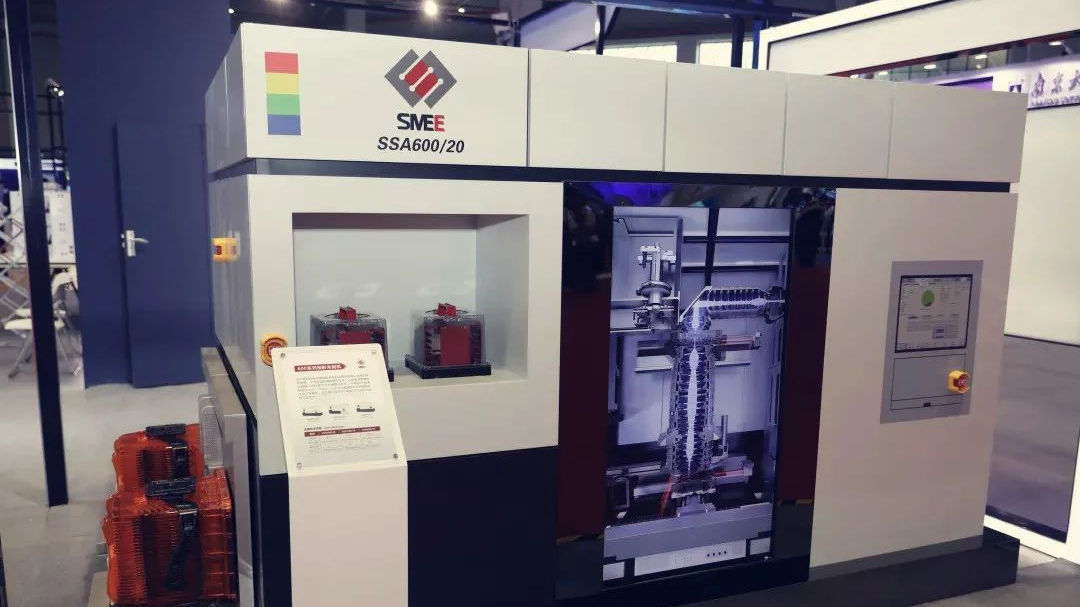Haiyou!!!! The Chinese have a way for flowery words....lol. Just say it,
the SMEE SSA800 is Certify!!!
The first domestic 28nm lithography machine is here, and the relevant certification has been completed. TSMC should be anxious
2022-03-27 09:36 HKT
Anyone who knows the chip industry knows that the lithography machine is a technical problem that has plagued the domestic semiconductor industry for many years. It is precisely because of the serious shortage of the quantity and quality of the lithography machine that domestic chips can't really move to the high-end level. However, with the continuous strengthening of domestic emphasis on independent research and development, domestic lithography machines have gradually ushered in a turning point, and foreign monopolies will no longer exist.
And just recently, according to media reports,
the domestic 28nm lithography machine has come and the relevant certification has been completed. It is expected that the energy will be produced and officially put into use by the end of the year. So which manufacturer made this 28nm lithography machine? What does the debut of the domestic 28nm lithography machine mean?
Domestic 28nm lithography machine is coming
First of all, we need to know that there is only one company that can independently produce lithography machines in China, and that is Shanghai Microelectronics, so this domestic 28nm lithography machine is undoubtedly from Shanghai Microelectronics.
Specifically,
the 28nm lithography machine of Shanghai Microelectronics recently passed the technical inspection and certification, although it is still only DUV level, there is still a big gap compared with ASML's EUV lithography machine. But this is a great breakthrough for China. The 28nm lithography machine can meet the production requirements of most chips.
In addition to the current most advanced 7nm and 5nm chips, the DUV lithography machine is completely sufficient, so after Shanghai Microelectronics' 28nm lithography machine goes online, the degree of autonomy of domestic chips will definitely be further improved. And since the end of last year, major domestic foundries have been expanding production lines for mature craft chips such as 28nm, and 28nm lithography machines can naturally play an important role.
Many people may think that what is lacking in China is mainly advanced process chips, and the process technology below 28nm is not a problem. But as everyone knows, looking at the entire domestic semiconductor market, mature process chips such as 28nm are the most in demand. Aside from the mobile phone industry, these mid- and low-end processes are inseparable from other fields.
This is also one of the main reasons for those chip foundries to expand 28nm production capacity. They all determine supply through demand. Therefore, the debut of the domestic 28nm lithography machine is of great significance. It can help the country to establish a completely autonomous industrial chain, without relying on any foreign technology, and will not encounter problems such as supply cuts.
In addition, who said that 28nm lithography machine can not produce 7nm chips? Previously, TSMC had successfully achieved mass production of 7nm chips using DUV lithography machines through multiple exposure technology. We can follow the example of TSMC in China. Since we can't buy ASML EUV lithography machine, we might as well try it with DUV lithography machine. Maybe it really works.
Therefore, the 28nm lithography machine of Shanghai Microelectronics is more critical than people think. As the only domestic manufacturer that can make lithography machines, Shanghai Microelectronics did not disappoint people this time. Moreover, 28nm is not the limit of Shanghai Microelectronics. As long as it continues to develop steadily, greater breakthroughs will be made in China, and it is not impossible to develop EUV lithography machines.
Regarding this situation, the world's top lithography machine giant ASML did not expect it. It thought that without its own supply, our domestic lithography machine would continue to be in short supply, but it did not expect Shanghai Microelectronics to carry the banner. , Has injected new power into the domestic lithography machine.
In fact, ASML does not want to lose the Chinese market, but because of the influence of the United States, it can only choose to sit on the sidelines. For so many years, even an EUV lithography machine cannot be bought in China, which is the best proof. However, it now appears that China is not inseparable from ASML, Shanghai Microelectronics can completely replace it, and domestic lithography machines will rise smoothly.
TSMC should be anxious
Not only that, after the domestic chip and lithography machine business frequently reported good news, TSMC should also be anxious, it did not expect the domestic progress to be so fast. There are three main reasons for this. As long as domestic chips develop, TSMC will become the biggest loser.
First of all, the first reason is that TSMC was originally the main foundry partner of Huawei in China. For more than ten years, it has been responsible for supplying chips for Huawei, and it has achieved a win-win result. However, what people did not expect was that TSMC abandoned Huawei and chose to join the United States as soon as the U.S. rules took effect.
Although TSMC is doing this for its own development, after all, its chip production line is inseparable from the technology of US companies. If it does not comply with US rules, it is likely to become the next "Huawei". However, from a domestic perspective, TSMC's actions are too fast. Huawei has been its partner for more than ten years. How can you give up and give up?
Therefore, after the Huawei incident, TSMC was unanimously disputed by the Chinese people. It is essentially a Chinese company, but it does not matter whether it is right or wrong, and it stands on the side of the United States. From the current point of view, the domestic market has begun to reject TSMC. After the full rise of domestic chips, TSMC will have no sense of existence, and its title of the world's first-generation factory will not play any role.






